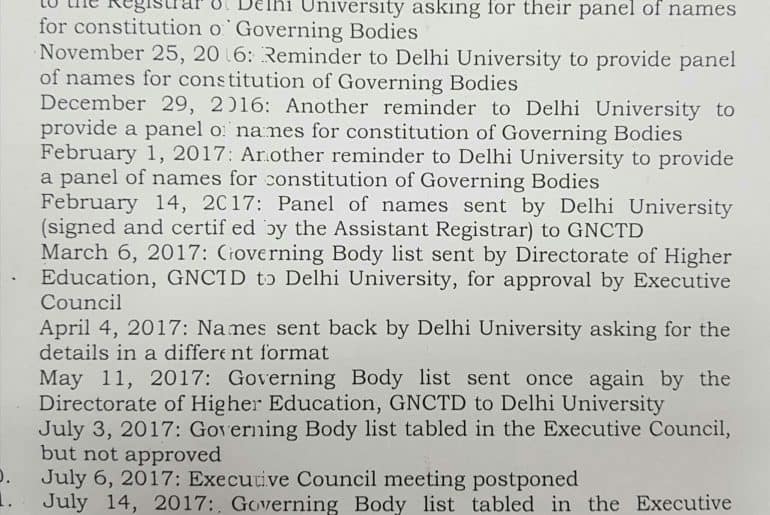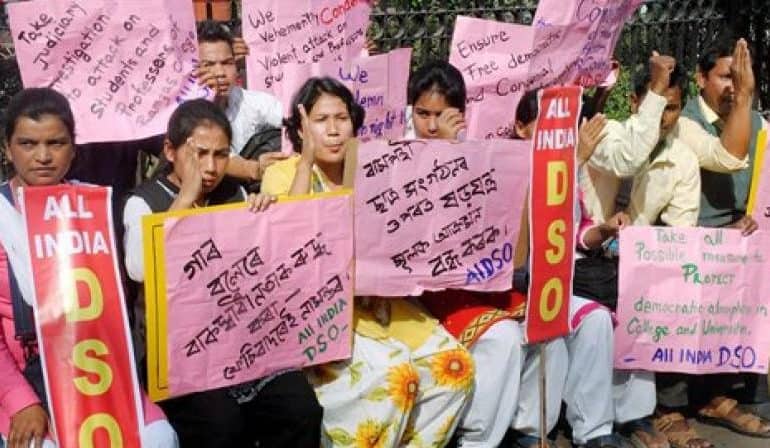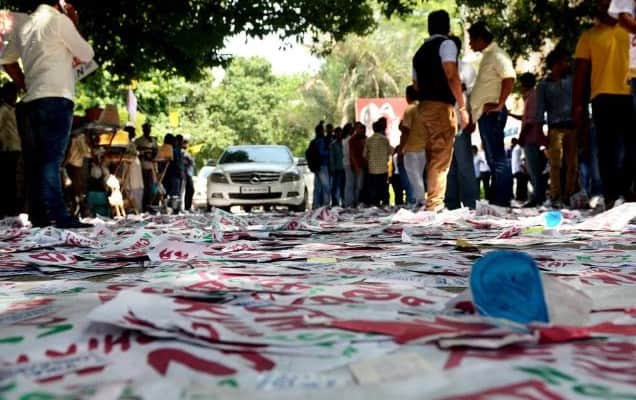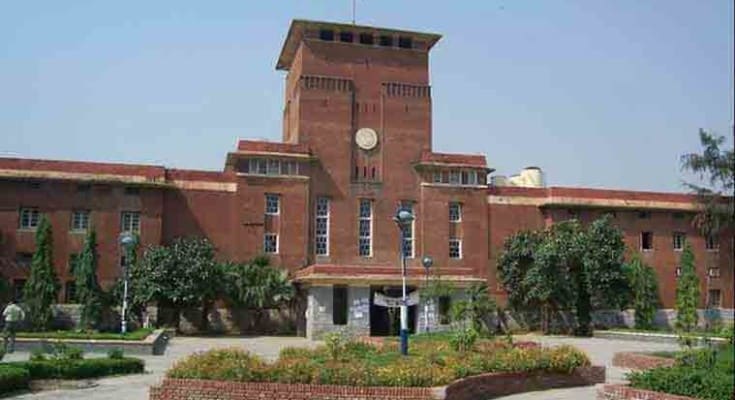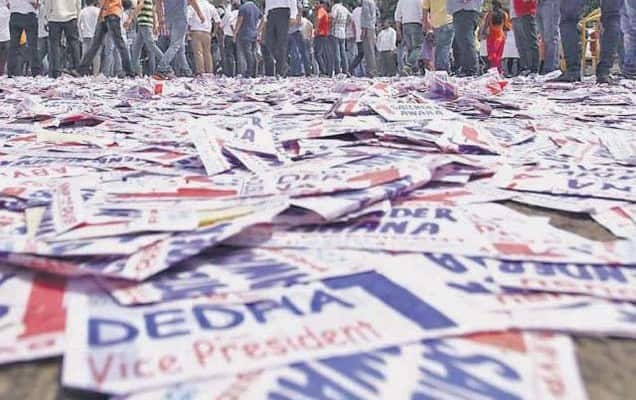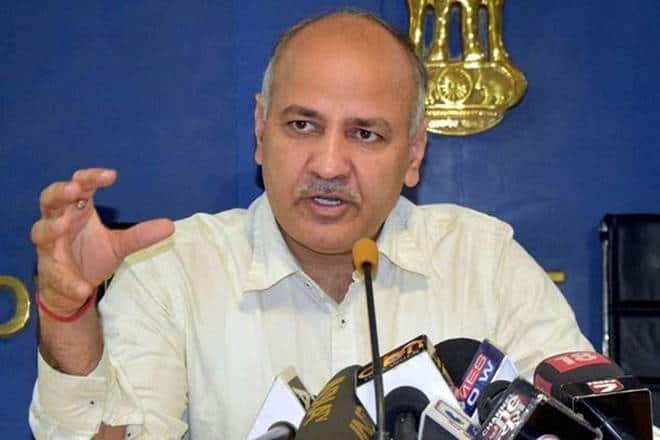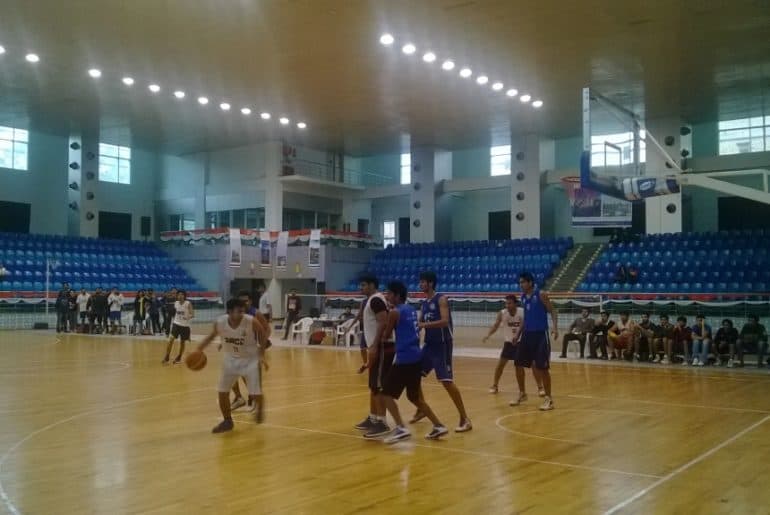Graduating from University of Delhi (DU) is still considered prestigious, but why do the same students with all the merit, never want to return as teachers to their own University?
In a few months, a prestigious University of Delhi (DU) degree in hand, the real world with its blankness and stiff competition will begin to look curiously topsy-turvy for most third-year students. Those rose-tinted glasses, which made life in college appear idyllic for two years, will have to be inevitably chucked aside in favour of the grittier, ‘realistic’, adult perspectives which only point to one of these two scenarios, in case you are a third-year student: either you have zeroed in on an employment/higher education opportunity which you feel reasonably confident about cinching, or, you have your feet pointing in multiple directions and in no particular direction at the same time. Either way, your ultimate goal is viable employment. But what if your feet took a U-turn and chose to come back to the University, looking for employment? In fact, how do students in DU truly feel about coming back and teaching at the University one day?
“I don’t feel comfortable with the idea of becoming a university lecturer. It’s highly unstable [as an employment opportunity]… Look at the state of our universities today; there is no freedom of speech and the way our ad-hoc teachers are treated is inhumane. My teachers themselves tell me not to become a lecturer. What more do I need as a proof?” says a Botany student from the North Campus.

I remember one of my teachers in the English department attesting to something similar: the foundations of higher education in India are so shaky that the next generation dare not step on it, from fear that the existing plane may collapse too. Over the last one year itself, numerous national dailies have covered the Delhi University Teachers’ Association (DUTA) protests for pay-rise and against the lack of permanent positions for lecturers, the overwhelming despair and suicides of PhD research scholars when they stared at their bleak future, shutting down of centres for the Humanities in several colleges, protests against the teaching of liberal ideas and values in universities such as Jawaharlal Nehru University (JNU), and many other related events. If a severe lack of funding plagues the Arts departments across India, the treatment meted out to lab assistants and ad-hoc lecturers in the Sciences fares no better. Teaching in a university, in short, comes with more perils than advantages.
“It’s sad, but the truth is that even I would not recommend any student to become a lecturer these days,” I recall overhearing a teacher telling another in the corridors of my college once. One after the other, as attacks mount upon the state of university education in our country from all sides, it becomes viable to look for alternatives. There are private-sector jobs and the ever desired civil services exams eyed by more and more students as the pool of competition widens further and further. Some even question what the point of an M.A. degree is, if the road to research scholarship and teaching appears this murky. And if things are bad today, how much worse can they get tomorrow? It seems as if one door will shut forever for most of us, by the time we leave DU with our degrees next year.
Feature image credits: YourStory
Image credits: DU Beat
Deepannita Misra



